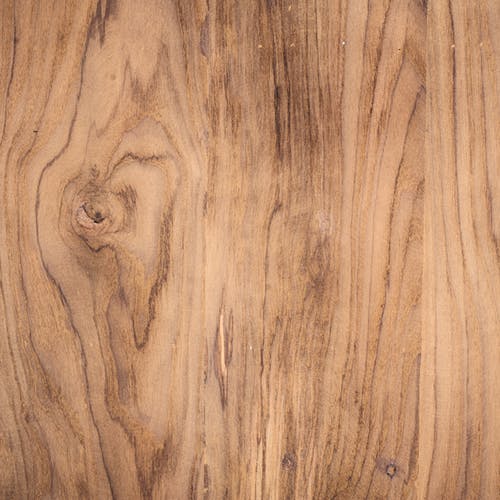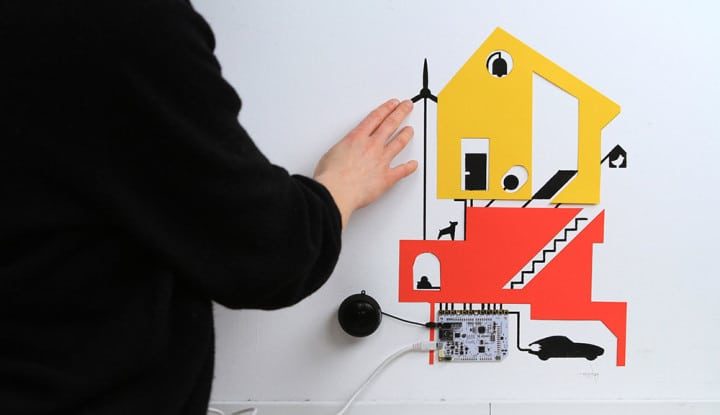
How to Choose Foam Insulation Material?
Insulation is important for your house, but making the wrong choice could be a recipe for disaster. One of the most important things is to choose the right material. In some cases, this may require careful and long considerations. When choosing foam material, accurate information is the key. If you make uninformed decision, bad things could potentially happen. Despite looking like fluffy cloudy material, foam can protect your house and it’s actually a tough nut to crack. Foam for insulation isn’t really the same with the one you see in Jacuzzi and bathtubs. To be specific, foam material for insulation is made of polyurethane, not soap and water. Unlike cellulose and fiber glass, foam insulation could seal miniscule cracks in the walls, including cracks that are invisible to your naked eyes.
Spray-in foam material also doesn’t expend energy to block cold air from entering your interior. Framing costs using foam material are usually quite low. When you choose spray-in foam insulation, you can save money on frame costs, because you don’t really need door jambs or extended windows. With foam material, you can enjoy increased living space. By working with an architect, you can create a guest room using a previously poorly insulated space, like attic or loft. With foam material, you may control the level of moisture in your house. Having too much moisture in your house could lead to various problems. Firstly, humid basement or attic could cause undesirable odor. High humidity may also slowly damage things in your house. As an example, moisture will gradually cause damage to wallpapers or water-based paints. If things start to degrade in your house, you will need to pay for replacement or renovation. Excess moisture could damage expensive artworks, like painting or wooden sculptures. Paint could peel off and wood finish could have tiny white specks. If your house becomes damp for too long, insects will eventually be attracted to your house. This will make your home less sanitary and various health issues, like allergies, could happen.
After you choose the right foam material, you need to use the right method for injecting the foam into various parts of your house. Often, you can’t implement this task on your own, even if you are among the handiest DIY homeowner. It takes experience and skill to deal with foam material, so you need to work with a professional. Instead of using foam material for existing house, it’s better to use the foam for houses that are being constructed. For existing homes, you need to know how many changes that you need to implement, so you can get the best results. Make sure that you should do only minimum physical alteration. Also, if cracks are too big, foam material couldn’t seal it properly. In this case, you may need to do much larger renovation work, such as repairing the walls physically. Make sure that the foam material is waterproof, so if humidity in the area is high, it won’t absorb moisture, which may cause organisms to grow inside the foam.
Post a Comment
You must be logged in to post a comment.






2returned
2belgium